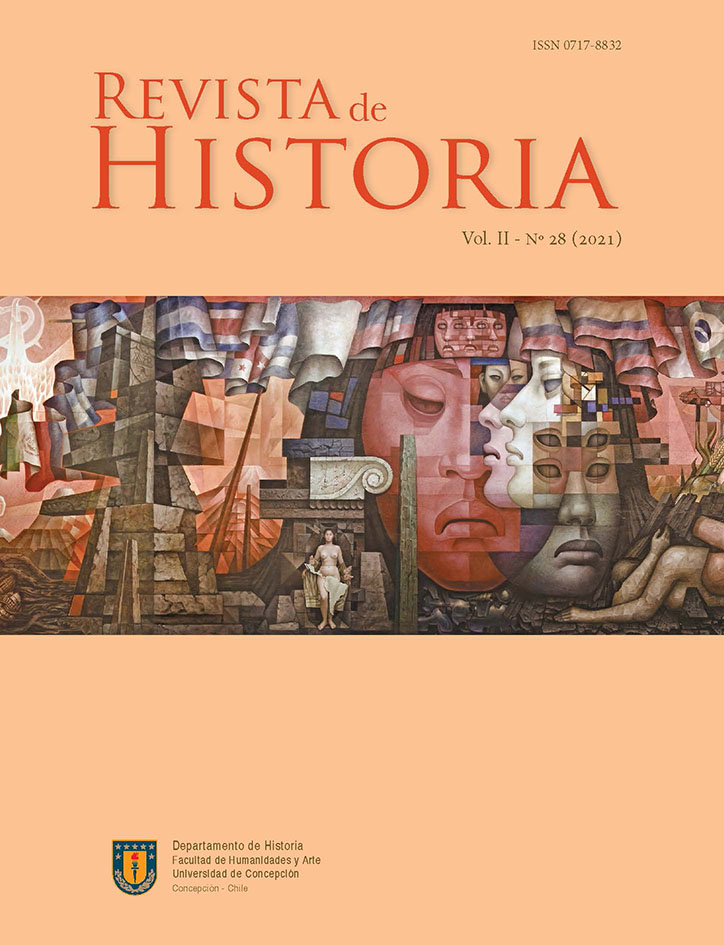The Mapuche of Concepción and the Inca Frontier: Review of Early Sources and New Data
DOI:
https://doi.org/10.29393/RH28-30MCJF50030Keywords:
Gold economy, Gold placers, Inca frontiers, Mapuche 16th century, Tawantinsuyu, QuilacoyaAbstract
Based on the review of written and iconographic colonial sources, archaeological studies, and toponymy, in this article we analyze the validity of the hypothesis of the Inca presence down to the Biobío River. To achieve this, we present a series of databases of diverse origin that allow us to better understand the complex sociocultural reality of the indigenous peoples of what the Spanish called the “province of Concepción” or Penco. The Spanish settled this region in the mid-sixteenth century in search of gold and indigenous labor. In this sense, the early Hispanic exploitation of gold placers in the area, particularly in Quilacoya, leads us to investigate the antecedents of gold mining in the region, and whether it might have existed in late pre-Hispanic times, within the framework of the expansion of Tawantinsuyu.
Downloads
Published
How to Cite
Issue
Section

This work is licensed under a Creative Commons Attribution 4.0 International License.






